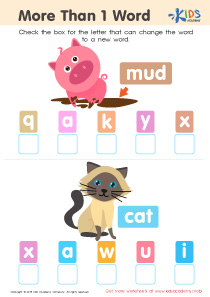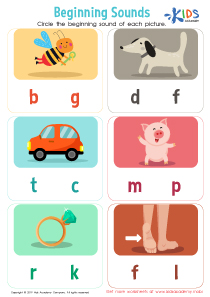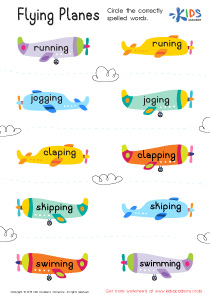Word Recognition Two Letter Phonics Worksheets for Ages 4-8
7 filtered results
-
From - To
Enhance your child's literacy skills with our engaging Two Letter Phonics Worksheets designed for ages 4-8. These worksheets focus on word recognition, providing a fun and interactive way for young learners to identify and read two-letter words. With colorful visuals and creative activities, children will build a solid foundation in phonics and improve their reading confidence. Our resources are perfect for at-home learning or classroom use, supporting phonemic awareness and early reading development. Help your little ones unlock the joy of reading and foster a lifelong love for learning! Explore our collection and watch them thrive in their literacy journey.
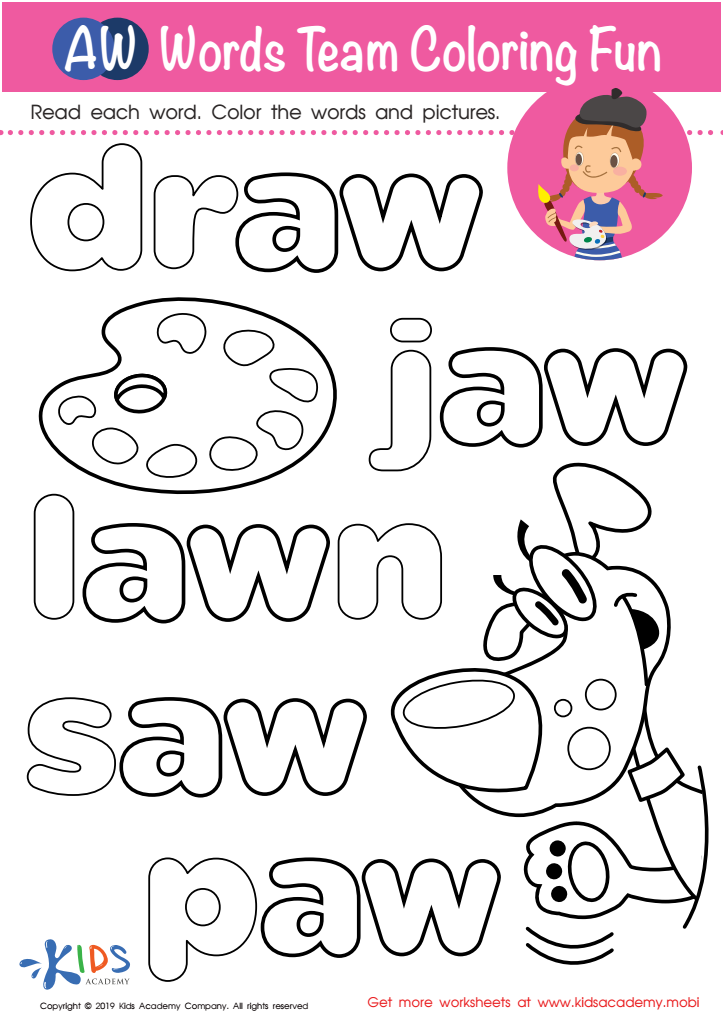

AW Words Team Coloring Fun Worksheet
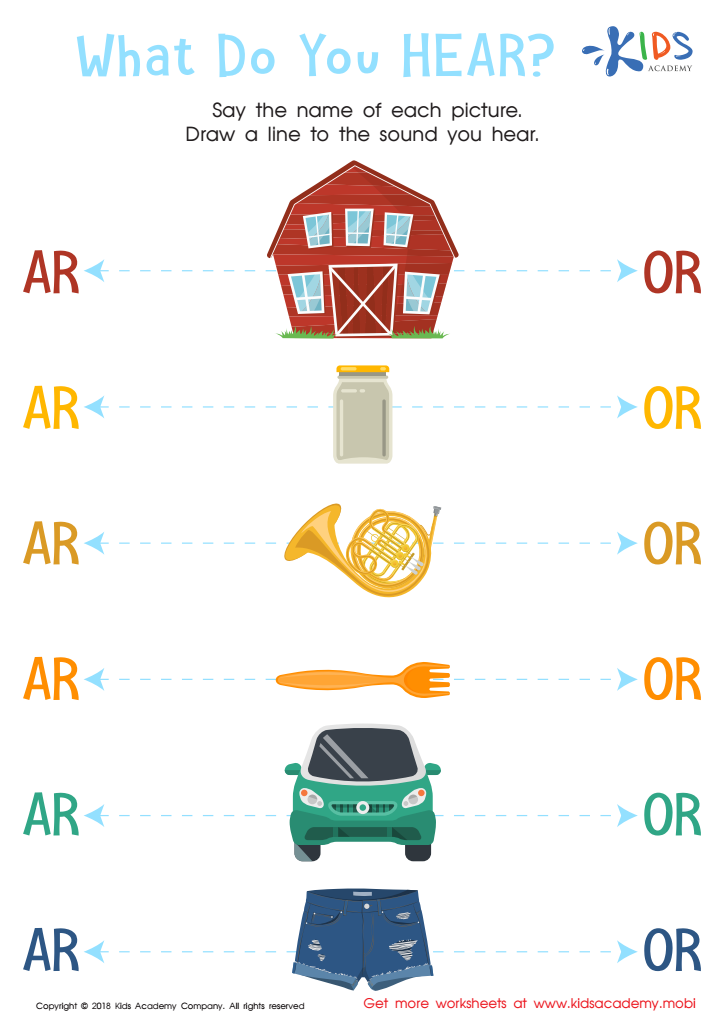

What do you hear Worksheet
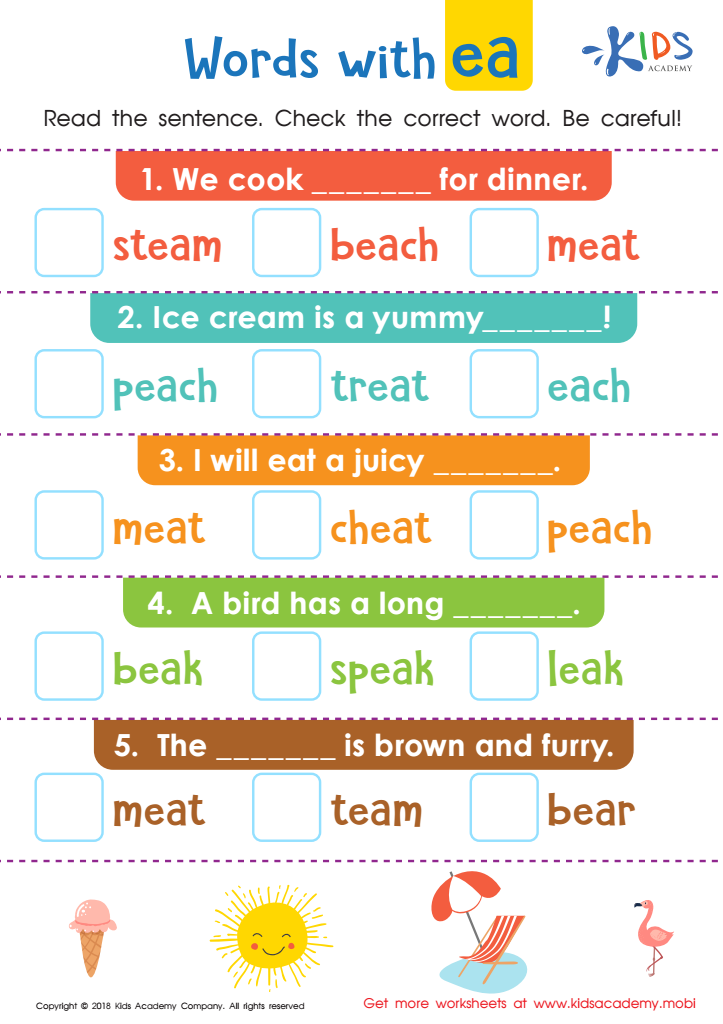

Words with ea Worksheet
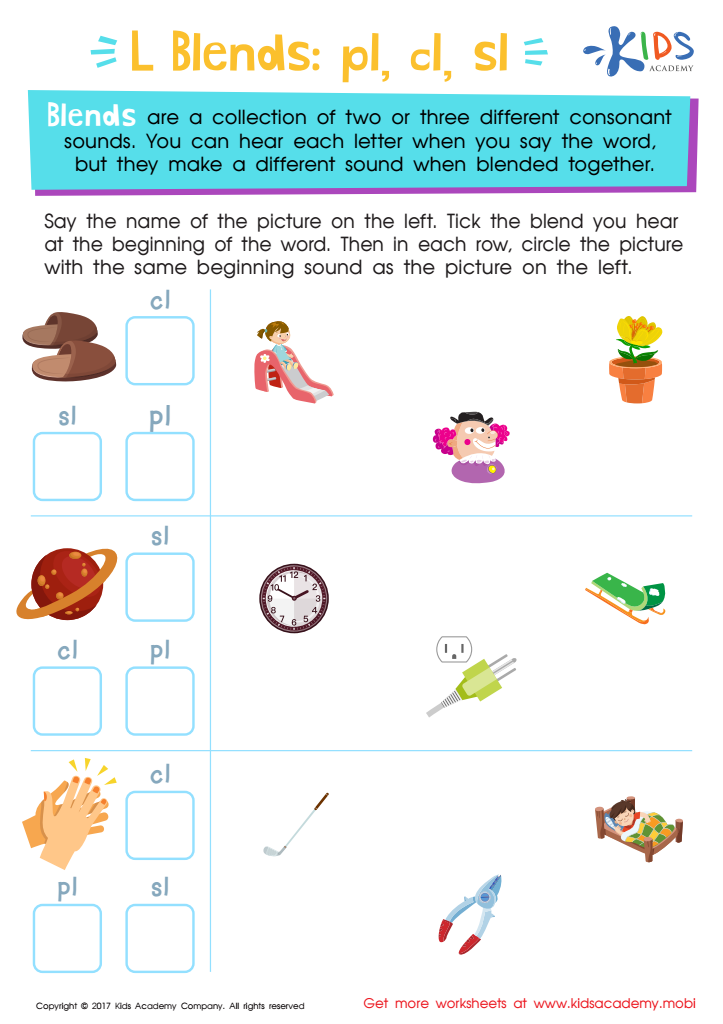

L Blends: "Pl", "Cl" and "Sl" Printable


Medals: Al Spelling Worksheet


Missing Digraph: Part 2 Worksheet


Consonant Blends: "Dr" and "Tr" Printable
Word recognition through two-letter phonics is a crucial building block for young learners aged 4-8 as it lays the foundation for reading skills essential for academic success. At this age, children are developmentally primed to decode words by breaking them down into smaller, manageable parts—specifically, pairs of letters. Teaching two-letter phonics helps children recognize frequently occurring sounds and letter combinations, leading to increased fluency and comprehension.
Parents and teachers should care about this approach because proficient word recognition facilitates a child’s ability to read new words independently, boosting their confidence and enjoyment of reading. Early mastery of two-letter phonics enables children to tackle a wider array of texts as they progress, reducing frustration and fostering a love for literacy.
Additionally, strong reading skills are linked to overall academic achievement and critical thinking development. Engaging in two-letter phonics not only enhances reading but also supports vocabulary expansion and cognitive development. By prioritizing this aspect of literacy, parents and educators can empower children with essential skills that will benefit them throughout their educational journey and beyond. Investing time in phonics at an early age paves the way for lifelong literacy and learning enthusiasm.

 Assign to My Students
Assign to My Students



